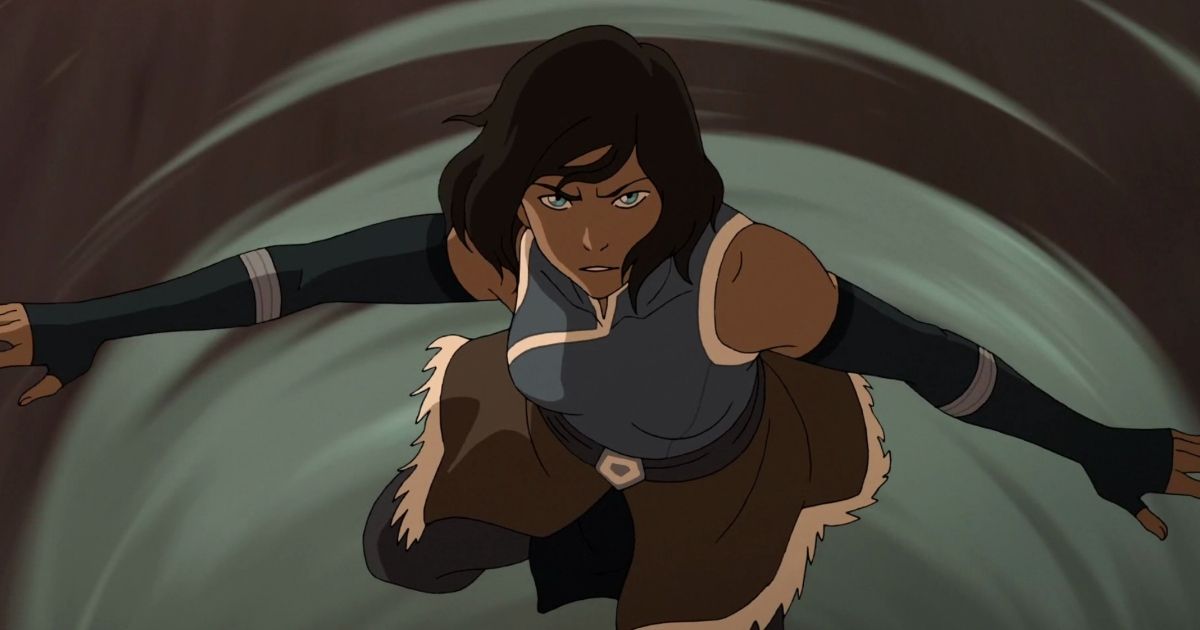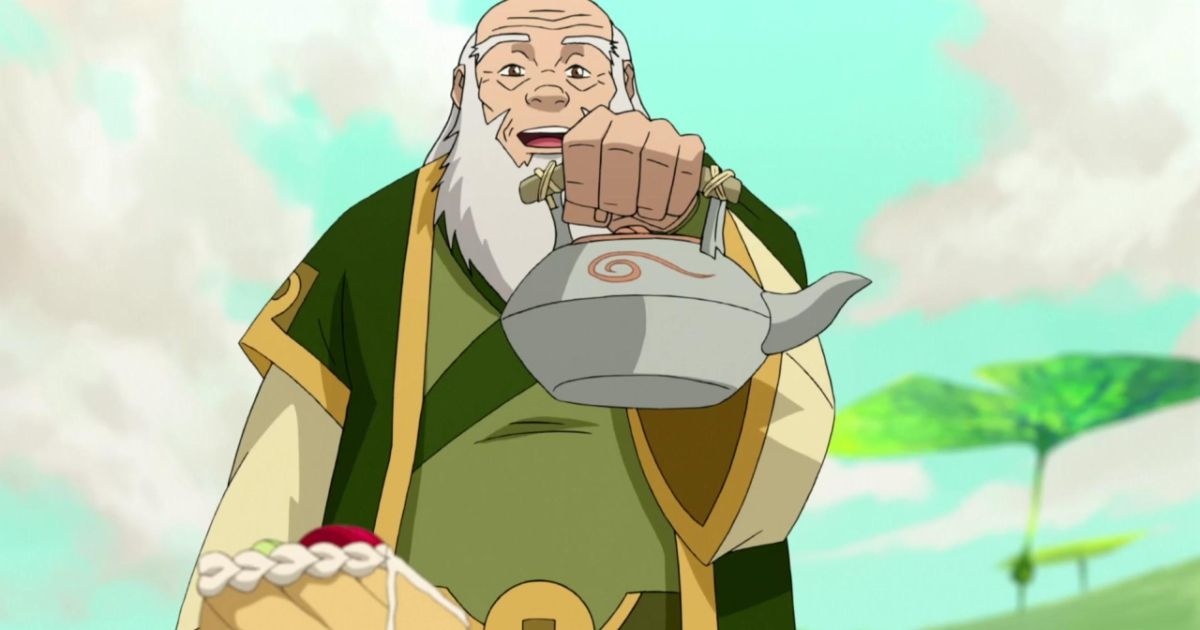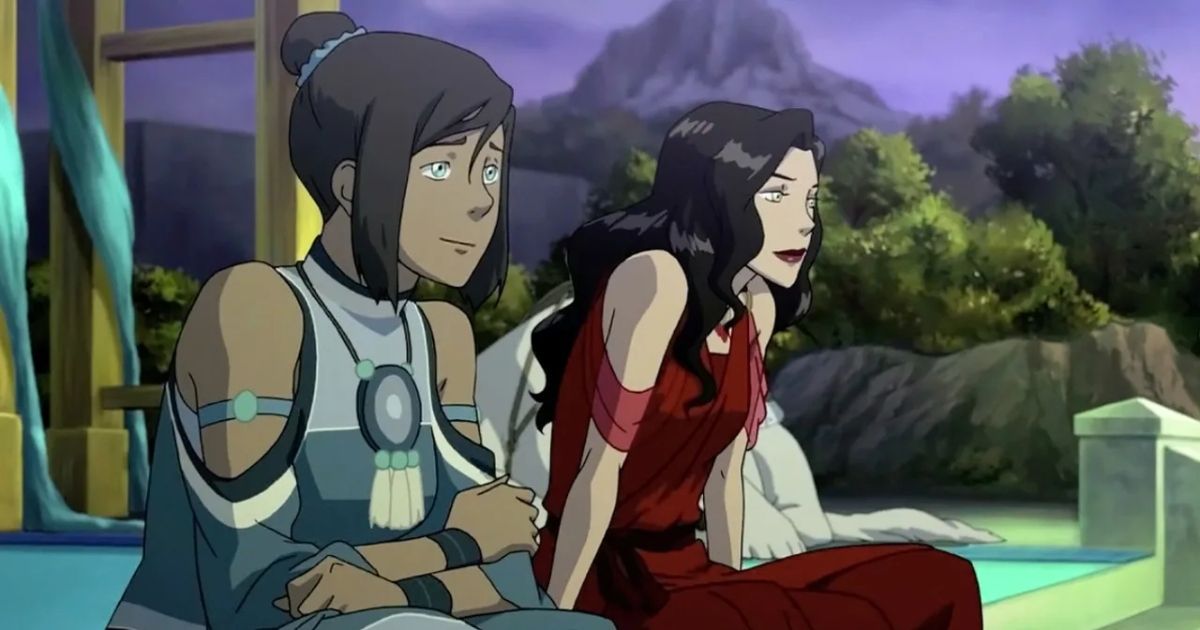The many differences between The Legend of Korra and Avatar: The Last Airbender might not be the only reason why the former is the perfect sequel.

Aang won everybody’s hearts in the early 2000s. Avatar: The Last Airbender was undeniably one of Nickelodeon’s most successful cartoons. The upcoming live-action of this series by Netflix is evident to say that this cartoon is something that we cannot get rid of easily simply due to its incomparable nature. Following the end of Avatar: The Last Airbender, fans were deeply missing the world of the benders. Hence, its sequel, The Legend of Korra was released in 2012.
While Aang and his show might still be the most popular cartoon, Korra’s series was, nonetheless, a unique story in its own way. Of course, the two have their own differences since The Legend of Korra takes place 70 years after the events of the first show. However, these differences, as well as some other interesting facts, might be the very reason why The Legend of Korra is the perfect sequel to Avatar: The Last Airbender.
Korra = Foil of Aang
From the very first episode, it is made obvious that Korra, voiced by Janet Varney, is the complete opposite of Aang. For starters, Korra has already learned water bending, fire bending, and earthbending by the time the show starts. Moreover, unlike Aang, Korra has many guardians and people protecting her and looking after her. Thus, she does not have the harsh and sad past that Aang had. However, the biggest difference between these two characters is that Korra is more rebellious, headstrong, impulsive, and frank than Aang. Unlike Aang, Korra does not emit a calming presence. This is made even more obvious through her inability to tackle air bending. All these differences make her the perfect foil for Aang. This also means that there are several incidents in the show when the viewer might not agree or sympathize with Korra.
Of course, Korra being a female lead is the perfect icing for the show. The creators have seemed to emphasize the idea of gender being a social construct, as Korra’s masculine nature is constantly emphasized. This, not only sends a positive message to the audience, but it also explores the progressive nature of this cartoon.
History of Avatar
The Legend of Korra takes the audience through a much-needed history lesson. Even though, Avatar: The Last Airbender introduced us to the world of benders as well as who the Avatar is, it never dwelled deep into how benders came to be and what the initial purpose of the Avatar was.
Interestingly, The Legend of Korra answers all these questions in season 2. Using flashbacks, the show takes us back in time to show us the story of Wan, the first-ever Avatar. It also gives an in-depth look into the spirit world. Interestingly, the lesson on the negative and positive elements might also be a life lesson many can take into account. This goes on to show how this cartoon is no ordinary series as it gives some necessary lessons on how to lead a balanced life.
Nostalgia Through Previous Characters & Their Children
Avatar Aang might not be a part of this sequel, except for the flashbacks and Korra’s spiritual connections with him, but the creators have tried to mend the gap he left by bringing in the old versions of his friends. It definitely makes the fans get goosebumps every time Uncle Iroh or Toph Beifong comes to help Korra. The inclusion of the OG team Avatar’s children and their children is yet another plus point of the show. Seeing the characters of Tenzin and Lin play a prominent role allows them to continue their parents’ legacies. Moreover, these characters seem to be carrying their parents’ personalities, in turn, ensuring that the OG team Avatar is not missed throughout this series.
Perfect Transition From The Original Cartoon
One thing that The Legend of Korra doesn’t want its viewers to forget is that it is the continuation of Avatar: The Last Airbender. There are several ways in which this particular show creates the perfect segue.
By having different storylines and villains for each season, The Legend of Korra seems to have focused on the new world that Aang has created. In fact, this show seems to be focused on correcting the gaps left in the previous show. For example, the debate on how benders and non-benders live together is the focus of season one. This is an obvious issue that was not discussed in Avatar: The Last Airbender. Moreover, by keeping the portals to the spirit world open, Korra has further changed the new world. Thus, she seems to have continued the tradition of the avatar, which is balancing the ever-changing world.
In addition to all these, the creators have also incorporated the changes occurring in society. By bringing in Asami and her knowledge of mechanics and technology, they have stepped away from binarized gender norms. Moreover, by ending the show by subtly hinting at the relationship between Korra and Asami, the show has stepped ever from hetero-normative ideologies. All this allows the viewers to feel more relatable to the characters while ensuring the cartoon creates a positive space.









